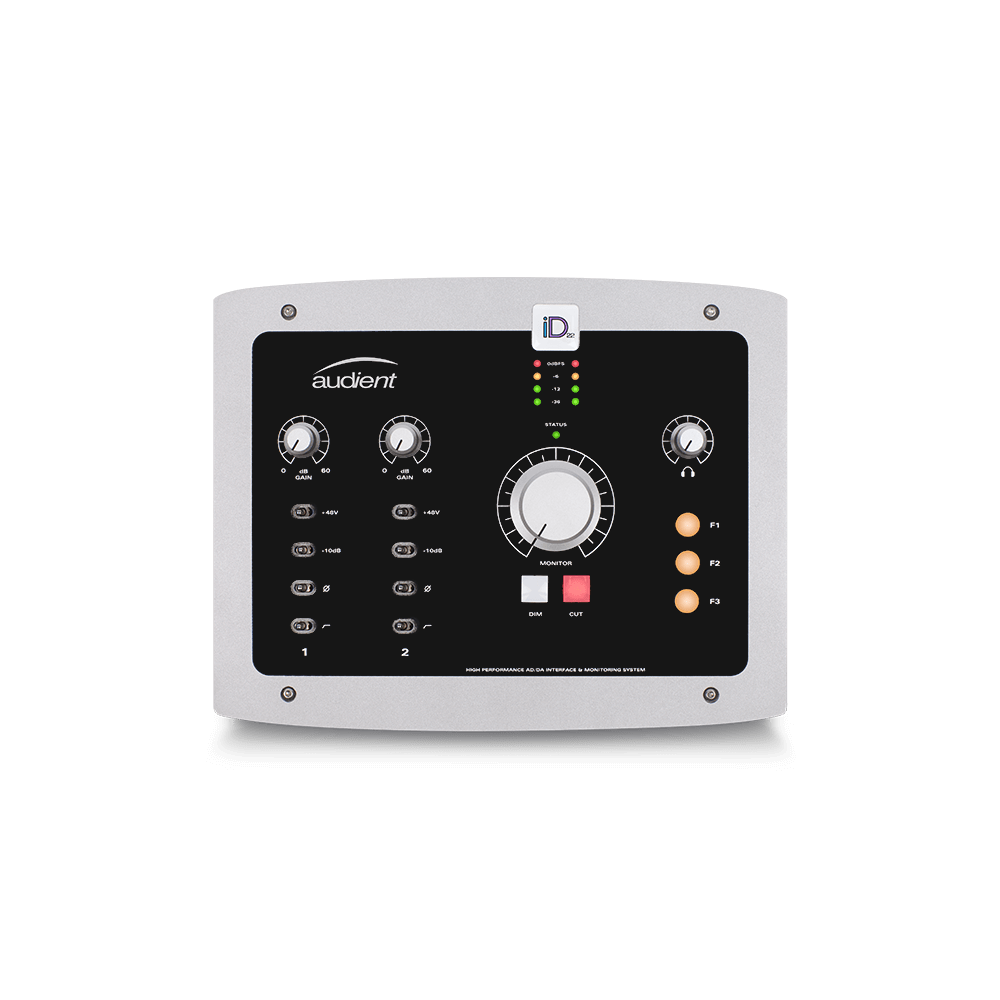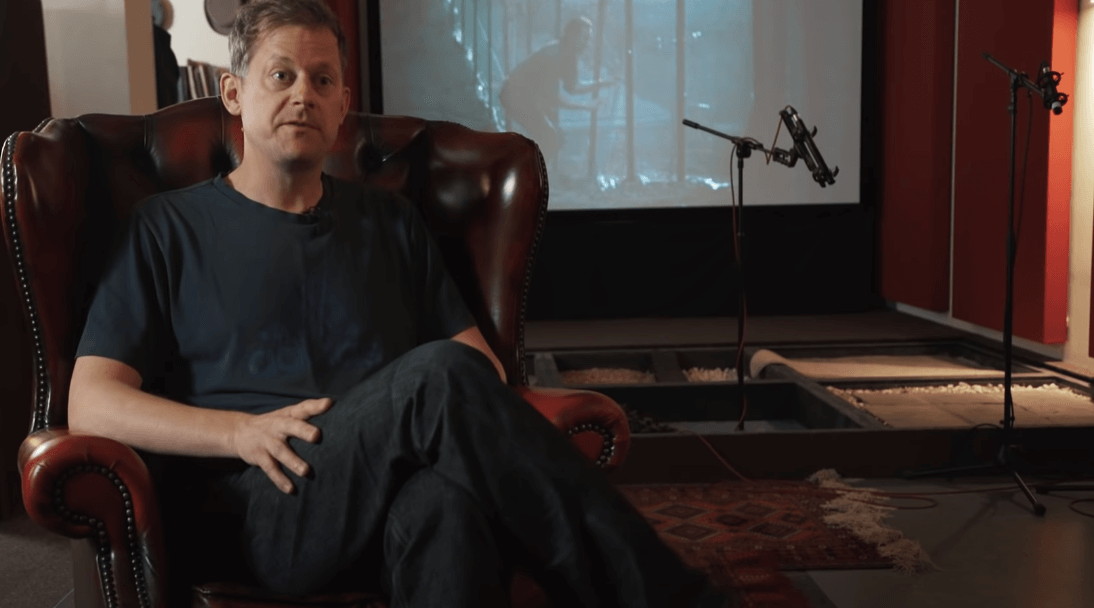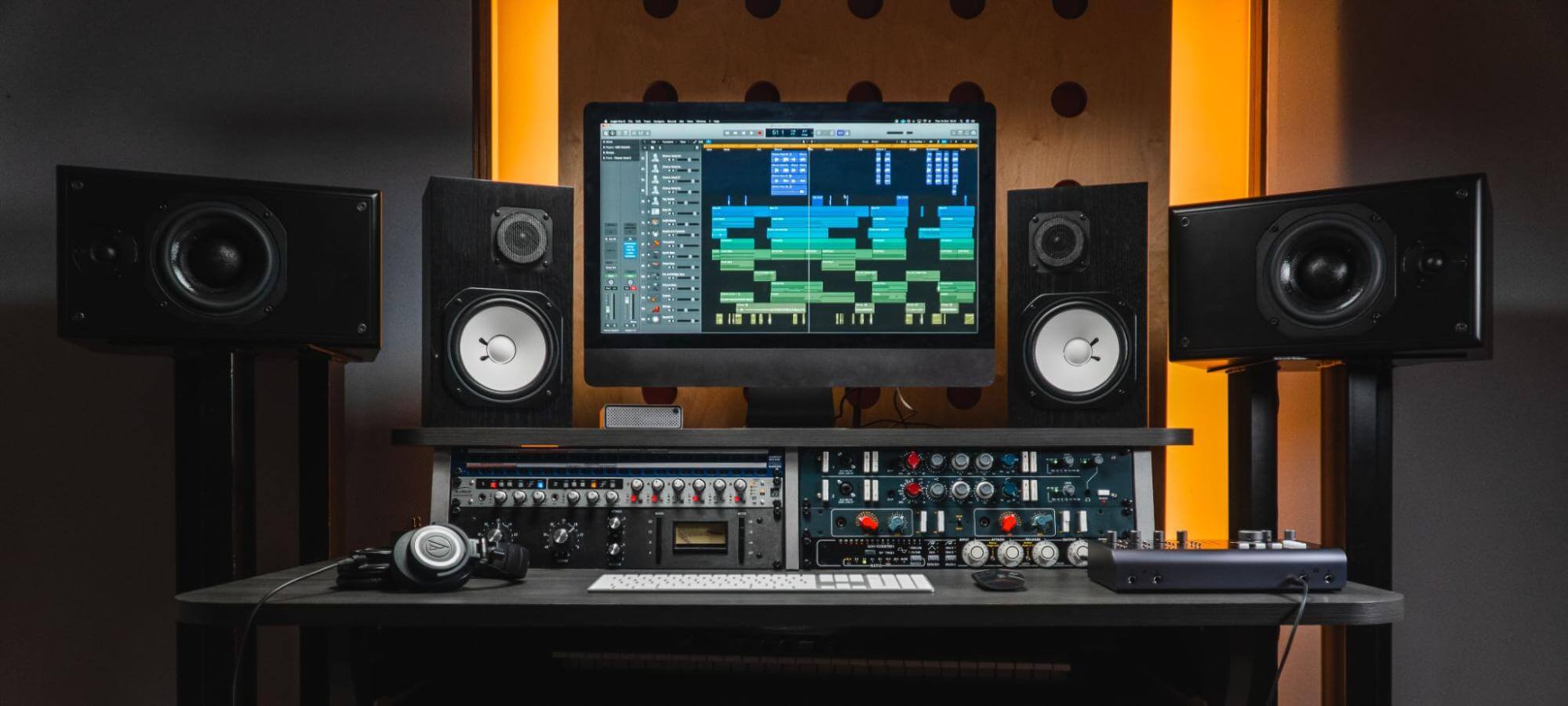Video
7 Vocal Recording Tips
1. Managing Time and Energy
1. Managing Time and Energy
Your job as a producer is not only to help with the creative, musical decisions, but also to make sure you get the most out of an artist. So when producing vocal sessions, you need to be attentive of the singer’s needs, and make sure they are in the best frame of mind to get the performance you need.
The available energy to sing in a session is limited, and although you might be “recording” for the whole day, you might only have two hours of really good singing from the artist.
So you need to force them to take breaks, when maybe they don’t necessarily want to, because if they are singing in the booth for an hour straight, chances are that anything sung after that will be strained and perhaps not as good.
Emotion is a big thing to consider too, the vocalist needs to be projecting the song’s emotion into the performance, so if you have an angry song, but the singer is transmitting a happy and excited mood, you will need to do something about that to get them in the right frame of mind…and at the end of it, the singer might be angry at you, but you will have gotten the best performance, and that is what really matters. You will probably be friends in the end!
2. The Environment
2. The Environment
This is a very important one! You need to make sure the artist is comfortable, because you aren’t likely to get a good performance if they are tense or nervous. So find out what would make the artist more comfortable, some like some dim mood lighting, fairy lights, candles etc.
Sometimes it could just be the idea of singing into the microphone that makes them uncomfortable, if you are wanting to use a very large and somewhat imposing mic like a U47, you actually might not get as good a performance or sound as if you were using a smaller, more discreet mic. So you might have to get creative to put them at ease in that situation.
The room can play a big part in the quality of the recording, so if you have a less than optimal room, which hasn’t been acoustically treated, make sure that you control the reflections and sound as much as you can with a reflection filter, or even try and create a little makeshift booth.
Just because you don’t have access to a large and expensive studio, doesn’t mean you can’t get studio quality recordings at home with a bit of experimentation and work to control the sound.
3. The Microphone
3. The Microphone
A microphone is very important, but it isn’t necessarily going to make or break getting a decent vocal recording. If you haven’t worked with someone before, it is always good to try out a couple of microphones if you can, then pick the one that sounds best to you and will suit the song.
Learning the difference between types of microphones is important as some styles of singing are better suited for each type. Condensers typically are more sensitive and will have a more prominent top end and boosted presence, which is great for a delicate vocal.
However if you are recording a heavy rock or metal song, a condenser might be too sensitive, so you would be better off with a dynamic mic. The best way to learn about this is to experiment with different microphones and different vocal types and styles.
4. Polar Patterns and Proximity
4. Polar Patterns and Proximity
A key thing to keep in mind when choosing a mic is the effect of different polar patterns. A commonly used polar pattern to record vocals is cardioid, which picks up sound from the front, but not from the rear.
Along with any directional polar pattern, cardioid mic capsules will cause a “Proximity Effect” which will cause a boost in low frequencies the closer a singer (or any other sound source) gets to the front of the mic.
The Proximity Effect can ruin or make a recording. For an intimate, romantic song from a male voice, you can use the Proximity Effect to boost lower frequencies and make a much richer sounding vocal.
For a more ethereal quality to a vocal, the increased bass response will probably not be as useful so it might be better to get the vocalist to sing slightly further away from the microphone. Otherwise you might just need to fix it with some EQ, or try a different polar pattern or mic.
5. Tracking with Effects
5. Tracking With Effects
Some people like to track vocals with effect, typically EQ and/or compression, to commit a sound as you record, and to help control the vocal as it goes in. This is done by inserting analogue gear into the signal chain before it is converted by your audio interface.
You will need to be careful recording in this way because if you make a mistake, it can be hard to get back to how it sounded before effects. With EQ, you can more or less get back to the original sound by making the opposite EQ curves although this perhaps isn’t ideal in terms of retaining audio quality.
With compression it is a different story, once it has been compressed, it is very difficult to “un-compress” it again, so unless you are 100% certain on the sound you want, it is a good rule of thumb to just lightly compress the vocal, so you never have more than 3dB or so of gain reduction.
6. Artist Headphone Mixes
6. Artist Headphone Mixes
An important part of getting a good performance out of a singer is making sure that they can hear themselves and their tuning clearly. This means that you need to create a good headphone mix. This should allow the vocalist to hear the harmony of the song so they can keep in tune with it, but also a loud enough (and latency free) copy of themselves so they can hear exactly what they are singing.
It is worth talking to the artist to find out what works best for them before the session. Some like to have some reverb on their voice (although bare in mind too much reverb can hide tuning issues), others need it absolutely dry because the reverb distracts them.
Some vocalists prefer not to have themselves in the headphones at all and instead will take one of the headphone cups off their ear so they can hear their natural voice in the room. This goes back to making sure that the artist feels comfortable in the recording environment.
7. Tuning Software
7. Tuning Software
Tuning software has been a controversial topic since its creation. Many people disagree with the premise of altering a vocal in that way and that a singer should do it again and again until they get it in tune.
However what happens if you are presented with an emotionally perfect performance from an artist and it is very slightly out of tune, and all subsequent attempts at getting it right just don’t have the same feeling you want? In this case, it might be worth putting some subtle tuning on the good performance.
Tuning software can be used to greatly enhance a performance and still be unnoticeable to all but the most trained ears. Where tuning software somewhere falls down and gets a bad reputation is when it is used to “hack” a performance out of a mediocre recording session, where perhaps the vocalist is not in the right emotional space, they aren’t particularly in tune, and tuning software is used to carve out an inorganic performance.
That being said, some artists have created their sound by using tuning software in its most extreme form to create something that ends up sounding very different from a natural voice, so in the end it is up to you and your project to decide how much, if any, tuning you need. Just keep in mind, the performance and emotion of the vocal can sometimes be more important than the tuning.
Our Products
-

Interface audio 2 entrées - 2 sorties
-

Interface audio 10 entrées - 6 sorties
-

10in | 14out Audio Interface
-

Interface audio 20 entrées - 24 sorties
-

24in | 32out Audio Interface
-

Interface audio 10 entrées - 14 sorties
-

Interface audio 10 entrées - 4 sorties
-

Interface audio 2 entrées - 2 sorties
-

Interface audio 4 entrées - 4 sorties
-

24in | 24out Audio Interface
-

Tout ce dont vous avez besoin pour débuter l'enregistrement
-

8 Channel Smart Preamp with AD/DA
-

Préampli micro 8 canaux avec CA/N
-

Préampli micro 8 canaux + Tone Control
-

Console d'enregistrement analogique modulaire
-

Small Format Analogue Recording Console
-

Small Format Analogue Recording Console
-

Immersive Audio Interface and Monitor Controller
-

Contrôleur de monitoring de bureau
-

Contrôleur de monitoring multicanal



